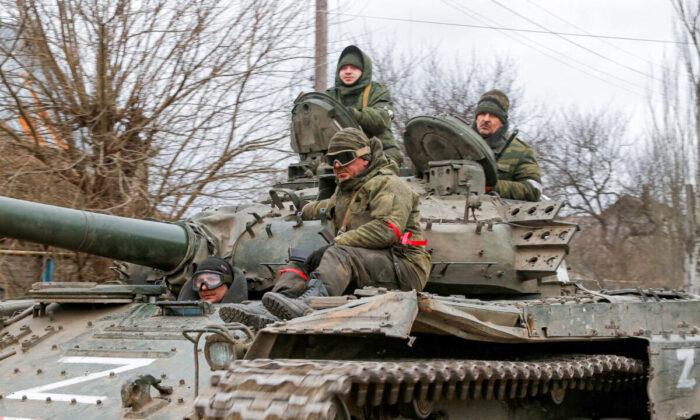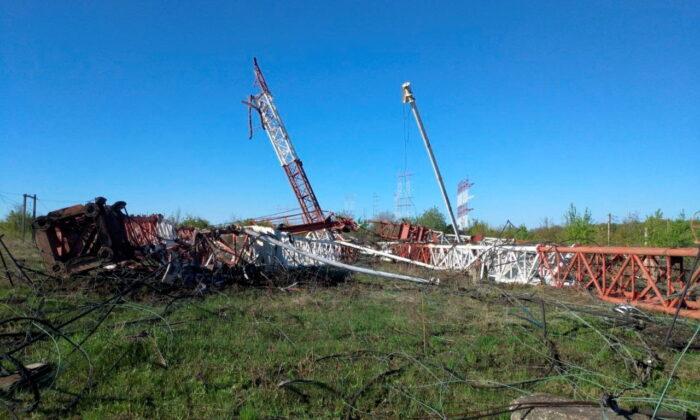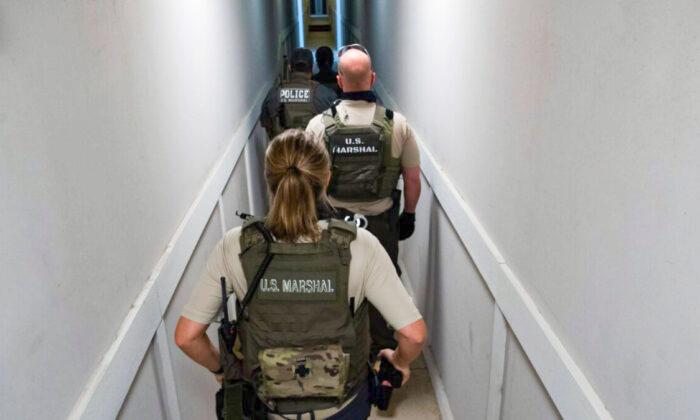Three individuals were arrested and four sex-trafficking victims rescued in a human trafficking operation conducted by the United States and Peru in the Peruvian town of La Pampa, Madre de Dios.
The U.S. Immigration and Customs Enforcement (ICE) and the Peruvian National Police (PNP) on Feb. 5 were alerted to a case after a mother filed a police report about an alleged trafficking event in the region involving her daughter.
The victim escaped the following day to the city of Puerto Maldonado and alerted ICE’s Homeland Security Investigations (HSI) division, PNP, and a Peruvian prosecutor, during an interview about other potential victims.
A human trafficking sting coordinated by the groups on Feb. 7 led to the rescue of two additional victims, as well as the arrest of Monica Baca Munoz, Guicela Baca Munoz, and a third individual.
“Human trafficking is a heinous crime that victimizes millions of innocent people around the world,” HSI Lima Assistant Attaché Paul Salamon said in a statement. “This successful operation shows the importance of international collaboration when it comes to disrupting criminal organizations.
“Our hope is that more victims come forward so that we can help remove them from harm’s way and put the perpetrators behind bars.”
CRS, which works to prevent human trafficking and to protect the victims, notes that Peruvian women and girls are exploited in sex trafficking within the country, particularly in areas with logging, agriculture, brick-making, and illegal gold mining—often recruited through false employment offers.
Women and girls exploited near mining communities are often unable to leave because of the high cost of transportation and the remoteness of the camps.
Rights groups say it’s often parents and relatives who sell their children into the sex trade, driven by poverty.
In some cases, women and girls from across Peru travel along the Amazon river to reach Madre de Rios on their own accord, in search of jobs and a better life.
Poor, uneducated, and unemployed women and girls are vulnerable to recruiters’ false promises of work as cooks, cleaners, and waitresses, after which they’re often forced into commercial sex work.
The Peruvian anti-human trafficking group CHS Alternativo says there are at least 400 bars in Madre de Dios alone where child sexual exploitation takes place, with girls working 13 hours a day.
Teenage girls and women are also trapped in debt bondage. Once at the mining camps, traffickers tell them they have to pay for transport, food, and accommodation.





